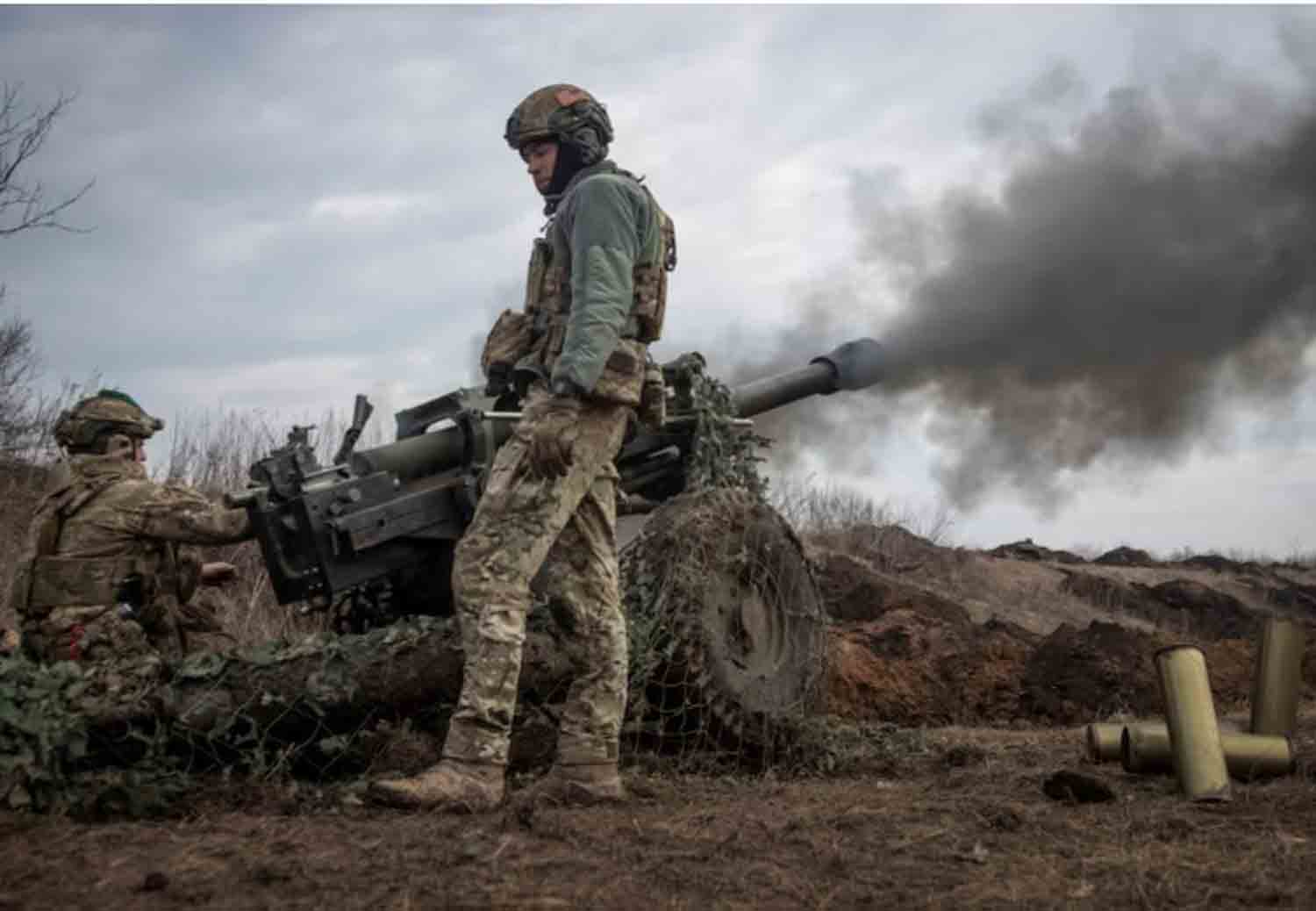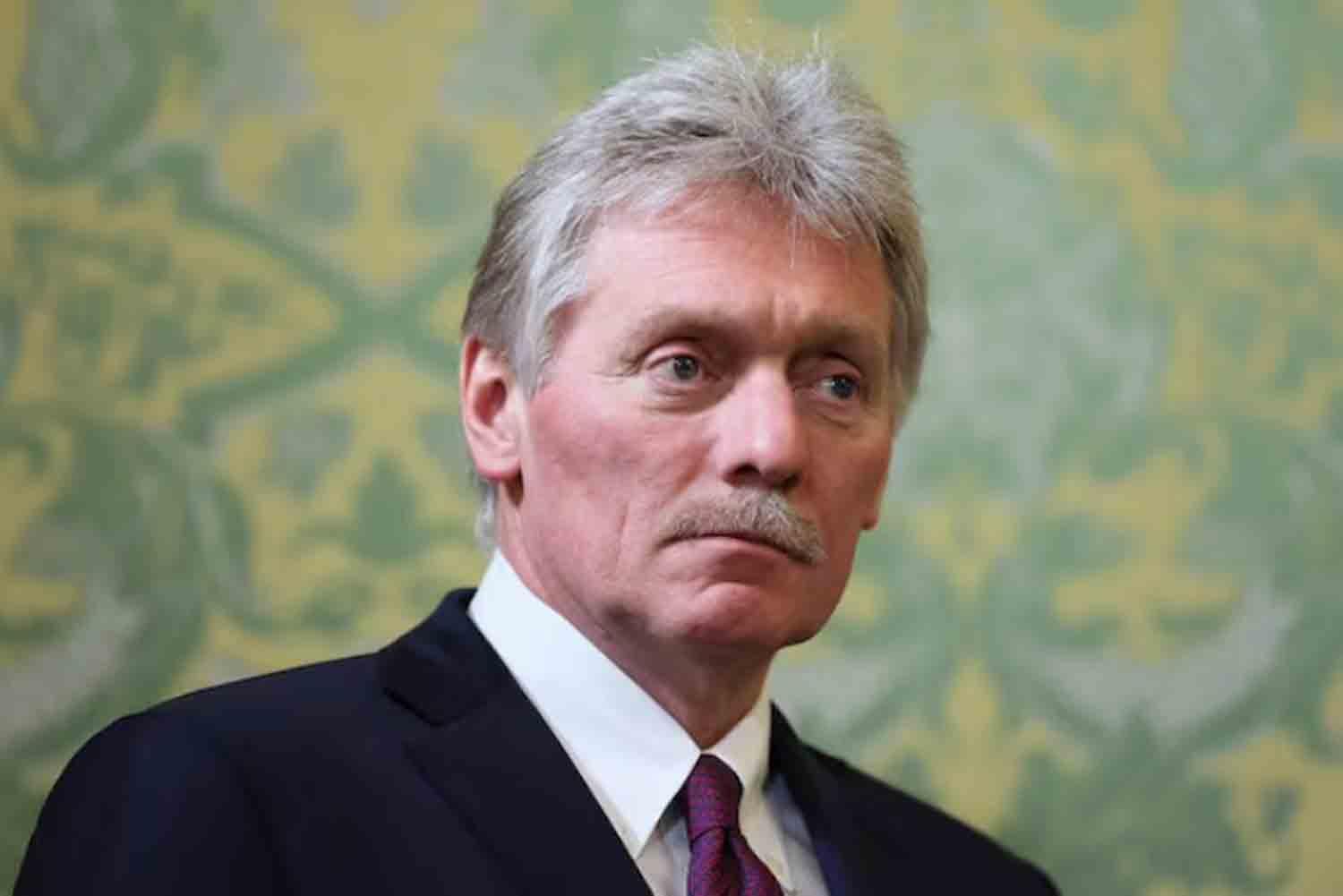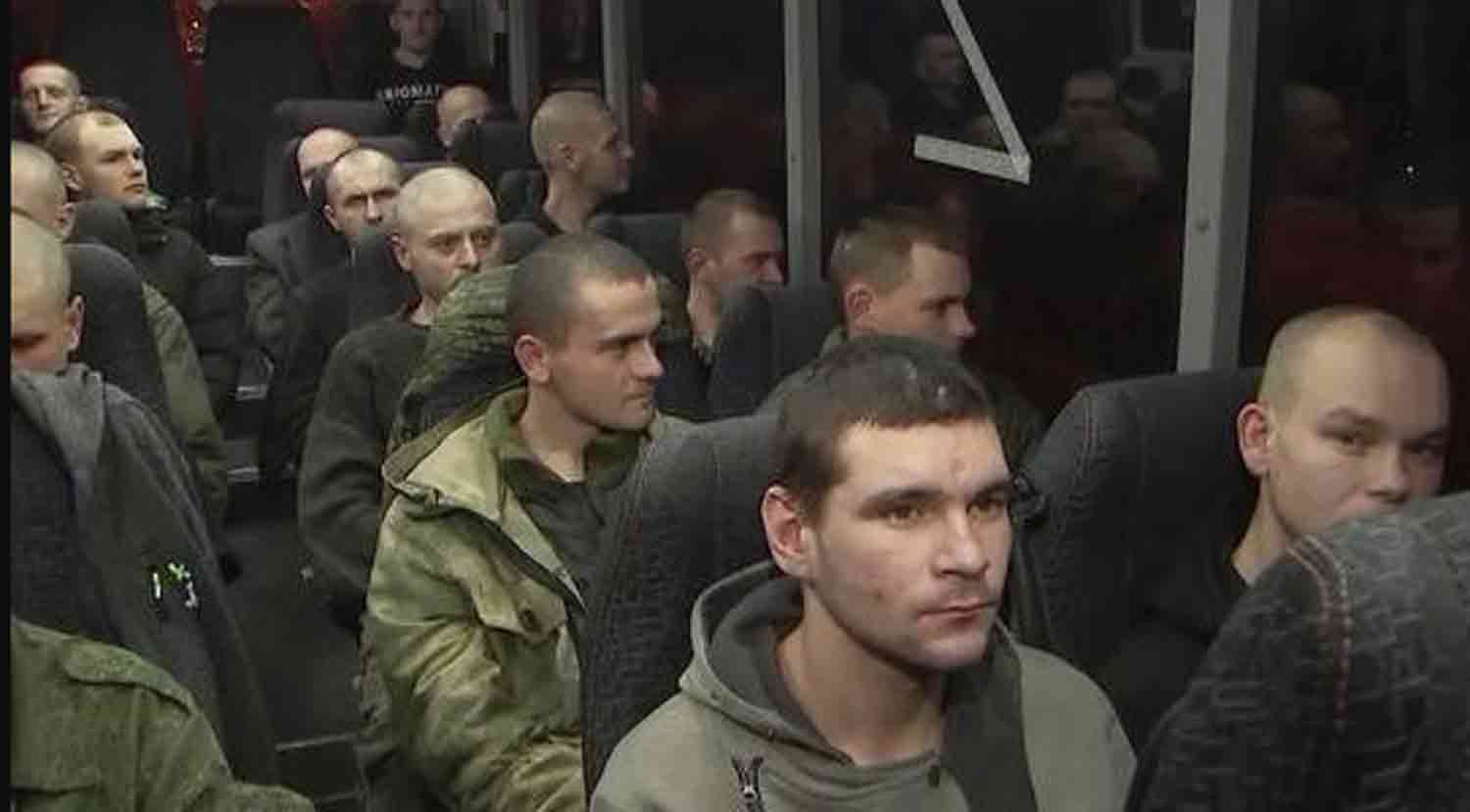Russia has dismissed a proposal put forth by the team of US President-elect Donald Trump aimed at resolving the Russia-Ukraine conflict. The plan suggested postponing Ukraine’s NATO membership in exchange for a ceasefire, as reported by Russian state media.
Trump’s victory in the November election, along with his ongoing criticism of Ukraine and US financial support for Kyiv, has raised concerns among NATO allies regarding potential concessions he may seek from Ukraine. His assertion that he could end the war within a day has further fueled these worries.
The Kremlin’s rejection of what appears to be a significant aspect of Trump’s proposed truce highlights warnings from analysts who have advised caution in assuming that Russia will achieve a resolution to the conflict on its own terms.
What exactly is Trump’s peace proposal for Ukraine, what has been rejected by Russia, and what are the reasons behind it?
Trump has been somewhat reticent about disclosing the specifics of his plan. In a podcast interview with Lex Fridman in September, he stated, “I can’t give you those plans because if I give you those plans, I’m not going to be able to use them. They’ll be unsuccessful. Part of it’s surprise.”
During his campaign, Trump claimed he could resolve the Ukraine conflict within 24 hours. However, in a December 12 interview with Time magazine, he remarked that “the Middle East is an easier problem to handle than what’s happening with Russia and Ukraine.”
Trump and his senior advisors have proposed several concepts for a ceasefire in Ukraine. Here are the key points:
- On November 6, the Wall Street Journal (WSJ) reported that Trump’s strategy for a ceasefire includes postponing Ukraine’s NATO membership by 20 years, based on information from three sources close to Trump.
- Trump’s Vice President JD Vance revealed potential aspects of this plan during an interview on the Shawn Ryan Show in September. Vance indicated that the existing boundary between Russia and Ukraine would be transformed into a “demilitarized zone,” reinforced to prevent further Russian invasions.
- According to the WSJ, this demilitarized zone would cover approximately 1,290 km (800 miles). While it is uncertain who would oversee the zone, an unnamed member of Trump’s team mentioned that “the barrel of the gun is going to be European,” as reported by the WSJ.
- Vance also indicated that as part of the plan, Ukraine would need to relinquish some of its territories currently occupied by Russia, including areas in Luhansk, Donetsk, Kherson, and Zaporizhzhia. Since 2014, Russia has occupied about 20 percent of Ukrainian land.
- On November 27, Trump appointed retired General Keith Kellogg as his special envoy for the Russia-Ukraine conflict. In April, Kellogg co-authored a strategic document proposing that the US could continue to supply arms to Ukraine, provided that Kyiv agrees to engage in peace discussions with Moscow.
- Kellogg’s document further proposed that NATO could suspend Ukraine’s membership application and that Russia might receive some relief from sanctions in return for its involvement in peace negotiations.
In an interview with Time magazine, Trump expressed strong disapproval of Ukraine’s recent missile strikes into Russian territory. He stated, “I vehemently oppose sending missiles hundreds of miles into Russia. What is the purpose of this?” He emphasized that such actions would only serve to intensify the conflict. In late November, Ukraine utilized long-range weapons supplied by the US and UK to target Russia, following Ukrainian President Volodymyr Zelenskyy’s advocacy for permission to use these missiles for strikes within Russia, a request that had previously been denied.
What did Russia say?
On December 26, during his annual press conference, Russian President Vladimir Putin dismissed the notion that delaying Ukraine’s NATO membership would be acceptable to Moscow.
Putin remarked that although he is not familiar with the details of Trump’s proposal, President Joe Biden had previously suggested in 2021 postponing Ukraine’s accession by 10 to 15 years. He rhetorically questioned, “What difference does it make to us – today, tomorrow, or in 10 years?” in response to a journalist’s inquiry, as recorded in a Kremlin transcript.
Subsequently, on Sunday, the Russian state news agency TASS reported Foreign Minister Sergey Lavrov reinforcing Putin’s stance against some of Trump’s suggestions regarding Ukraine.
Lavrov stated, “We are certainly not satisfied with the proposals made by representatives of the president-elect’s team to postpone Ukraine’s membership in NATO for 20 years and to deploy a peacekeeping contingent of ‘UK and European forces’ in Ukraine,” as quoted by TASS.
He further noted that Russia has not yet received any formal “signals” from the United States concerning the “Ukrainian settlement.” Lavrov clarified that until Trump takes office on January 20, only Biden’s outgoing administration is authorized to communicate with Moscow.
In a related development, on Thursday, President Putin expressed Moscow’s willingness to engage in peace talks with Ukraine, potentially hosted in Slovakia. This statement followed a meeting with Slovakian Prime Minister Robert Fico, who has expressed skepticism regarding the European Union’s military assistance to Ukraine.
What actions might Russia take?
Timothy Ash, an associate fellow in the Russia and Eurasia programme at Chatham House, a London-based think tank, stated, “Putin is bluffing; he seeks a negotiation.” In an interview with Al Jazeera, Ash explained that while Putin will adopt a tough stance leading up to discussions, outright rejecting proposals, he ultimately requires a resolution due to the unsustainable nature of a prolonged conflict and the significant casualties involved. Should Trump propose a deal allowing Russia to retain control over the Ukrainian territories it currently occupies, as suggested by Vance, Ash believes Moscow would likely agree.
“Trump holds a strong position, while Putin is at a disadvantage,” Ash noted. “Trump can endure a lengthy conflict since the U.S. benefits from substantial defense sales without incurring any casualties. It is hoped that Trump recognizes this.”
How has Ukraine responded?
On December 7, Trump held a meeting with Zelenskyy and French President Emmanuel Macron in Paris. Following their discussions, Trump informed the New York Post that Zelenskyy expressed a desire for a ceasefire, stating, “He wants to make peace. We didn’t talk about the details.”
Previously, Ukraine had emphasized that any peace agreement must include the annulment of Russia’s annexation of Ukrainian territories, particularly Crimea, which was taken in 2014.
However, in a Sky News interview released on November 29, Zelenskyy altered his position. He remarked, “To halt the active phase of the war, we need to bring under NATO’s protection the territories of Ukraine that we currently control.” He added, “We must act swiftly. Subsequently, we can reclaim the occupied territories through diplomatic means.”
Ash commented to Al Jazeera that this represents a significant concession by Zelenskyy regarding territorial issues.
While NATO allies have assured that Ukraine is on an “irreversible” path toward membership, they remain cautious about admitting Ukraine while it is engaged in conflict with Russia. This caution stems from the NATO treaty’s mutual defense clause, which states that an attack on one member is considered an attack on all. Thus, Ukraine’s accession to NATO would mean that all member states would be at war with Russia.
With Russia dismissing any compromise regarding NATO membership—allowing Ukraine to join, but only in two decades—it remains uncertain how Kyiv and Moscow can resume negotiations. NATO membership is a key element of Zelenskyy’s proposed peace strategy.
Nonetheless, Ash suggests that Zelenskyy may also be open to compromising on NATO membership. However, he emphasized that Zelenskyy would not waver on the issue of Ukraine’s security.
Ash emphasized the importance of ensuring that any agreement with Putin prevents future invasions of Ukraine. He stated that this could be achieved through either bilateral security guarantees from Western nations or strong commitments to provide Ukraine with the necessary resources for self-defense, similar to the support given to Israel or South Korea.
In a related development, while Putin and Fico enjoyed a cordial meeting in Moscow last week, Zelenskyy criticized the Slovak government. On Saturday, he accused Fico of initiating a “second energy front” against Kyiv at Moscow’s behest. Currently, Russian gas flows through Ukraine to Slovakia, Moldova, and Hungary under a contract that is set to expire at the end of this year.
Following his discussions with Putin, Fico indicated that Slovakia might consider retaliatory measures against Kyiv if gas transfers are halted on January 1, 2025.
Discover more from Defence Talks | Defense News Hub, Military Updates, Security Insights
Subscribe to get the latest posts sent to your email.





